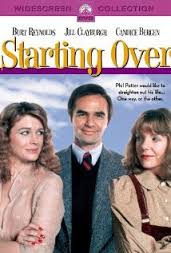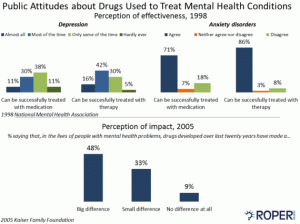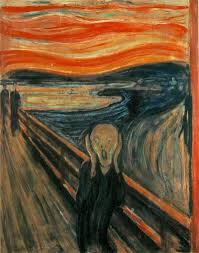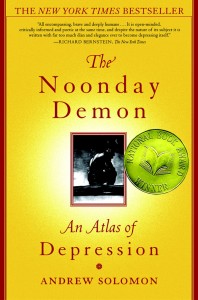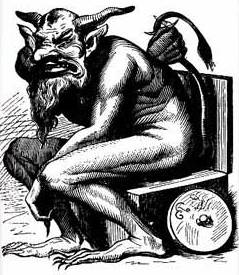Here’s my blog post from earlier this month, published this month on the BWL website.
How to Get Rich from Writing
1. Write a book series in a popular genre, with appealing characters and plot.
2. Set the books in a place people love to visit.
3. Sell the series to a TV producer with a budget to film exteriors at your story locations.
When my husband Will and I travelled to Scotland last year, we were amazed by the number of ‘Outlander’ bus tours. These 3, 7 and 10 day bus excursions focused on sights associated with the time travel book series by Diana Gabaldon, set during the Jacobite risings in the 17th and 18 centuries. History, romance, mystery, adventure, science fiction, Outlander has it all. The tours stop at locations mentioned in the books or used for filming. I don’t know if Gabaldon makes money directly from the tours, but they help fuel her fans’ enthusiasm for the novels and the television programs that earn her royalties and gain her new readers. In Scotland we met a man taking an Outlander tour solely for the history. We teased him about being stuck in a bus with obsessive fans, most of them women in love with stories’ elusive hero, Jamie Fraser.
| Eilean Donan castle, at the bridge to the Isle of Skye, played a role in the highlanders’ rebellion |
Will and I opted for a less expensive tour through the highlands to the island of Skye. Our guide occasionally referred to the Outlander books and commented that they did a good job of portraying the feelings of the Scottish people of the time. This spring Will and I travelled farther south in Europe, to Sicily. While planning the trip, we searched the Calgary library for movies featuring Sicily and stumbled upon the Montalbano mystery series, based on the books by Sicilian author Andrea Camilleri. We started watching the DVDs and enjoyed the stories, their glimpses into Sicilian life, the scenery, and the characters — loyal Fazio, Mimi the womanizer, comical Caterella and chief detective Salvo Montalbano, an intelligent, honest, determined man with commitment issues and a love of good local food.
| Will playing Montalbano in Scicli |
When we arrived in the Sicilian city of Siracusa in April, we were surprised to find tour companies offering day trips to Montalbano film sites a couple of hours away. Since we were later renting a car and planned to drive through this part of the island we thought, let’s visit them if we have the time. Brochures for Montalbano tours in subsequent cities made us more eager to fit the sites into our schedule.
Our first ‘Montalbano’ stop was Porto Empedocle, birthplace of author Andrea Camilleri and inspiration for Vigata, the fictional town in his detective series. In 2003 the city officially changed its name to Porto Empedocle Vigata to attract tourists, but reversed the decision a few years later, perhaps because the ploy didn’t work or residents objected to the commercialism.
| Porto Empedocle |
| Montalbano’s house in Punta Secca |
The next day, we drove to the seaside village of Punta Secca, the location of the fictional detective’s home. This was May 1st, a sunny, warm Labour Day holiday in Italy, and it was hard to find parking. We followed the lighthouse landmark that appears in all the TV shows to Montalbano’s house, in real life a bed and breakfast hotel. Crowds gathered in the adjacent square, everyone taking photos of themselves in front of Salvo’s home. We walked along the beach, where he swims each morning, alone, except when he comes across a dead body or a crime being committed.
| Montalbano’s beach, with his home and the landmark lighthouse in the distance |
The Vigata police station scenes are filmed in nearby Scicli. Will and I arrived at the town’s main square to find a notice for tours of the ‘Vigata’ police station. Since we were the only English speakers interested at the time, we got a private tour. The guide told us this was Scicli’s actual police station until 2013, when the TV producers bought the locale for a permanent set to avoid having to rearrange items each time they filmed. No doubt everyone involved in the Montalbano series gets a share of the money collected from the tours that pass through the fictional station each day.
| Me and Will behind Montalbano’s desk in the ‘Vigata’ police station |
We spent the night in Ragusa Ibla. This hilly city and region is the location for all the other Montalbano show exteriors. On the main street, we passed a seafood restaurant announcing that ‘Salvo Montalbano’ eats here. That is, they claimed that Luca Zingaretti, the actor who plays the character, enjoys the food. The street’s bookstore was full of items related to series: DVDs, guidebooks to the Montalbano film sites, all of Andrea Camilleri’s novels plus other books written by him, including children’s books (souvenirs for the grandchildren) and cookbooks of Montalbano’s favourite recipes. A tip for writers: when your novel series goes big-time, make sure you write a non-fiction book about your protagonist’s special interest. Camilleri could almost make a living from sales by this Ragusa Ibla store alone.
| Poster in Ragusa: Montalbano actor Luca Zingaretti endorses this local restaurant |
Andrea Camilleri is far from the only person getting rich from Montalbano. Luca Zingaretti’s career has taken off. Residents of Punta Secca, Scicli and Ragusa Ibla reap the multiple economic benefits of increased tourism. Sicily has always been a place tourists love to visit, for the beaches, the history, the food and more. Montalbano tourism gives the island a little more boost. Riches aside, this must be enormously satisfying for an author.
| Ragusa’s stunning hillside landscape is worth a visit even without Montalbano |





















